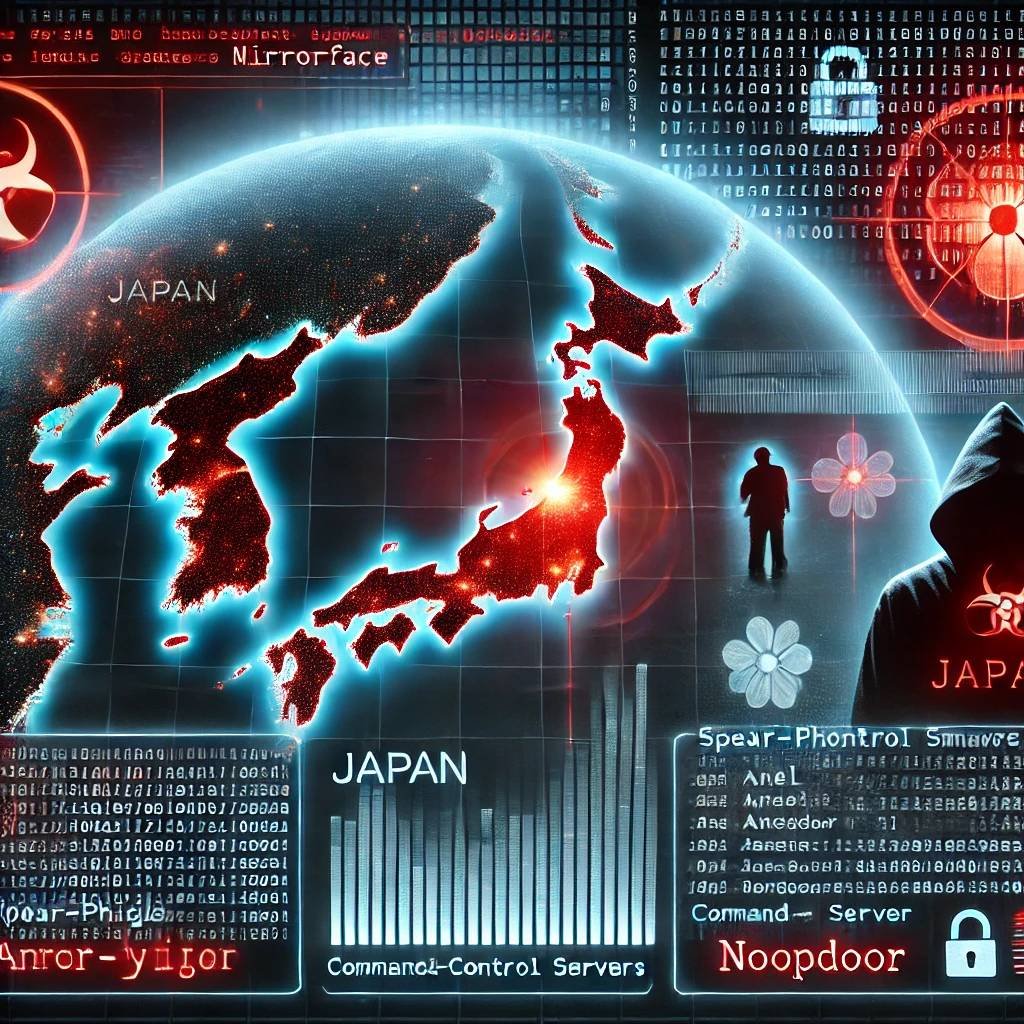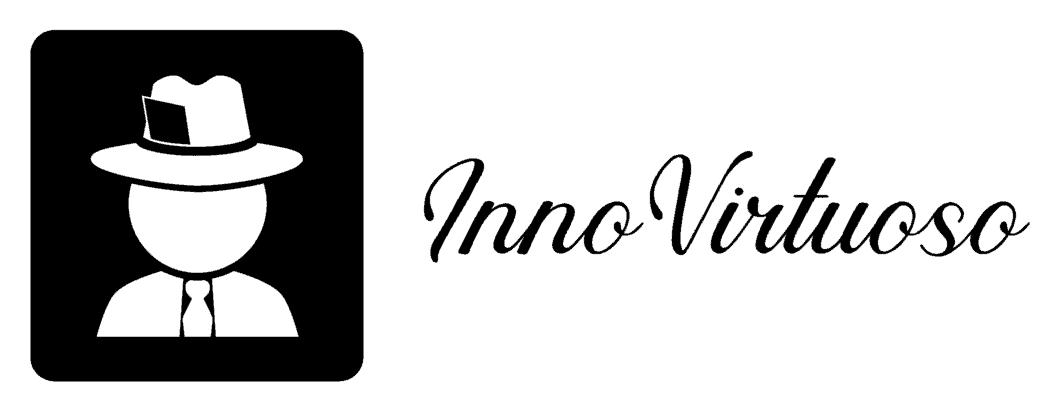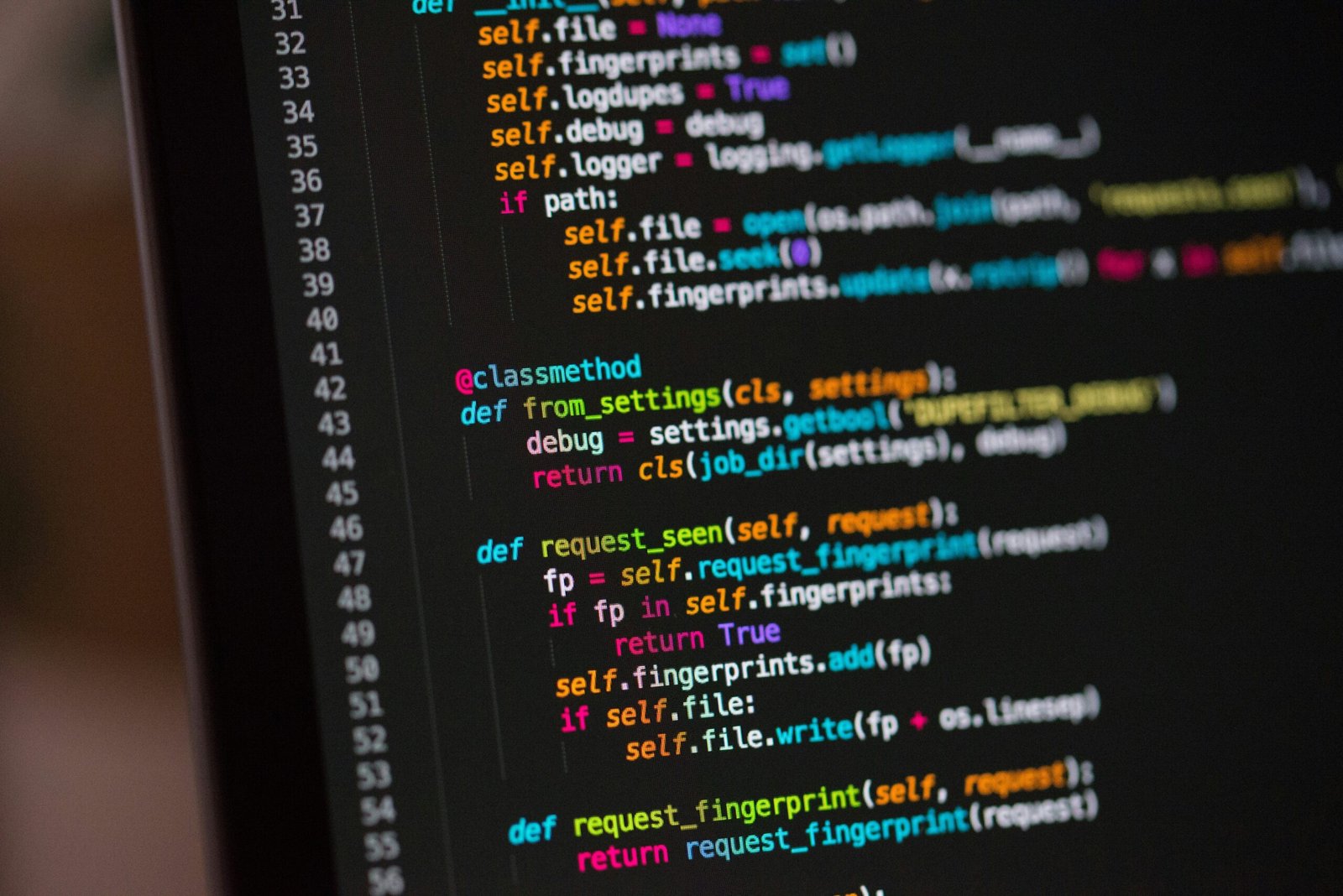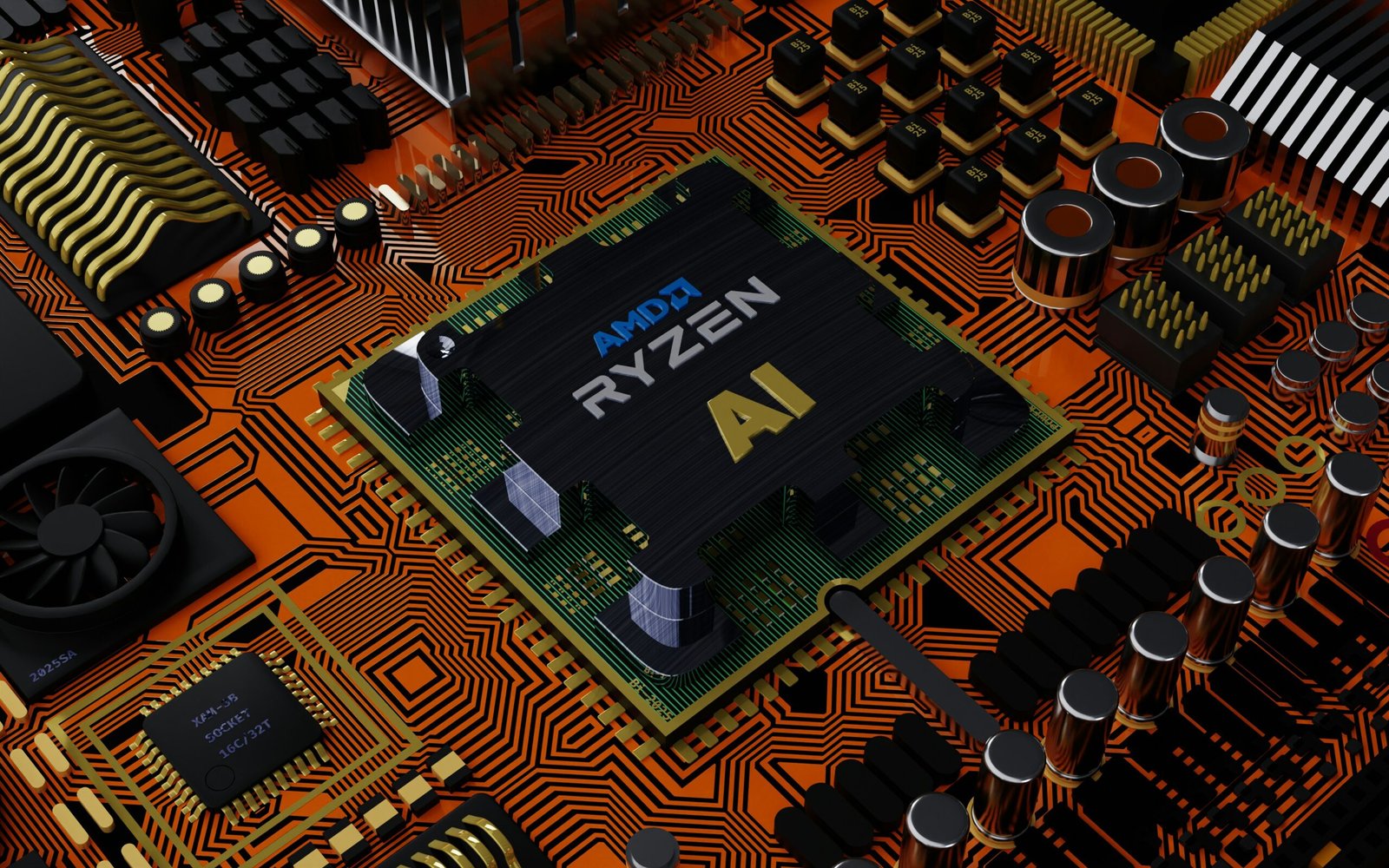Understanding the Multi-Year Cyberattacks on Japan by Mirrorface
Introduction
Japan has faced a prolonged cyberattack campaign attributed to MirrorFace, a China-linked threat actor assessed as a sub-group of APT10. Using advanced tools like ANEL, LODEINFO, and NOOPDOOR, MirrorFace has targeted Japanese organizations, businesses, and individuals since 2019, aiming to steal information related to national security and advanced technology.
This article explores the multi-year campaign’s scope, key tactics, and implications for Japan’s cybersecurity landscape. It also provides actionable recommendations for mitigating similar threats.
1. Who is MirrorFace?
MirrorFace, also referred to as Earth Kasha, is a China-linked Advanced Persistent Threat (APT) group operating under the umbrella of APT10. Known for targeting high-value sectors, its objectives align with China’s geopolitical interests, particularly in gathering intelligence on national security and advanced technologies.
Key Objectives
- Stealing sensitive information related to national security.
- Gaining insights into advanced technologies, particularly in aerospace and semiconductors.
Primary Targets
MirrorFace focuses on Japanese:
- Government agencies.
- Think tanks and media organizations.
- Semiconductor and aerospace industries.
2. Multi-Year Campaigns Unpacked
MirrorFace’s cyberattacks can be categorized into three major campaigns:
Campaign A (2019–2023)
Targets: Think tanks, politicians, and media organizations.
- Attack Vector: Spear-phishing emails delivering tools like LODEINFO, NOOPDOOR, and LilimRAT.
Campaign B (2023)
Targets: Semiconductor, manufacturing, and academic sectors.
- Attack Vector: Exploiting vulnerabilities in Array Networks, Citrix, and Fortinet devices.
- Payload: Tools like Cobalt Strike Beacon, LODEINFO, and NOOPDOOR.
Campaign C (2024)
Targets: Academia, think tanks, and politicians.
- Attack Vector: Spear-phishing emails deploying ANEL (UPPERCUT) malware.
3. Tools and Techniques Used
1. Malware Arsenal
MirrorFace utilizes sophisticated tools to infiltrate networks and exfiltrate data:
- ANEL: A backdoor enabling remote access and data theft.
- NOOPDOOR: Facilitates covert communication between compromised systems and command servers.
- LODEINFO: Used for reconnaissance and initial access.
2. Advanced Techniques
- Visual Studio Code Remote Tunnels: Establishes covert connections to bypass network defenses.
4. Stealth Tactics Explained
MirrorFace’s ability to evade detection is one of its defining characteristics:
- Windows Sandbox Usage
- Malware is executed in an isolated environment.
- All traces are erased when the host system is restarted, leaving no evidence behind.
- Command-and-Control Strategies
- Remote servers facilitate communication and data exfiltration.
5. Broader Implications for Japan
Threats to National Security
MirrorFace’s focus on government agencies and critical sectors jeopardizes Japan’s sovereignty and military readiness.
Impact on Critical Sectors
Attacks on semiconductor and aerospace industries threaten technological innovation and economic stability.

6. Recommendations for Defense
1. Employee Training
- Conduct awareness programs on identifying phishing attempts.
- Simulate real-world spear-phishing attacks to enhance preparedness.
2. Regular Vulnerability Assessments
- Patch known vulnerabilities in internet-facing devices promptly.
- Monitor for suspicious activities, especially in critical sectors.
3. Advanced Detection Tools
- Use endpoint detection and response (EDR) solutions to identify and isolate threats.
7. Collaborative Efforts Against APTs
Japan’s National Cyber Security Center (NCSC) and National Police Agency (NPA) play critical roles in:
- Threat Intelligence Sharing: Disseminating insights on MirrorFace’s tactics.
- International Collaboration: Working with allies to strengthen defenses against APTs.
8. FAQs on MirrorFace and APT Threats
1. What is the biggest threat posed by MirrorFace?
The ability to steal sensitive data without leaving traces, undermining national security and critical industries.
2. How can organizations protect themselves?
By adopting proactive defense strategies, such as regular vulnerability assessments and employee training.
3. Is Japan the only target of MirrorFace?
No, MirrorFace has also targeted Taiwan and India in similar campaigns.
Conclusion
MirrorFace’s multi-year campaign underscores the evolving sophistication of APT threats. By leveraging advanced tools like ANEL and NOOPDOOR, this China-linked group continues to challenge Japan’s cybersecurity resilience.
Through proactive measures, international collaboration, and robust defense strategies, Japan can mitigate these threats and safeguard its critical infrastructure and national security.
Discover more at InnoVirtuoso.com
I would love some feedback on my writing so if you have any, please don’t hesitate to leave a comment around here or in any platforms that is convenient for you.
For more on tech and other topics, explore InnoVirtuoso.com anytime. Subscribe to my newsletter and join our growing community—we’ll create something magical together. I promise, it’ll never be boring! 🙂
Stay updated with the latest news—subscribe to our newsletter today!
Thank you all—wishing you an amazing day ahead!






